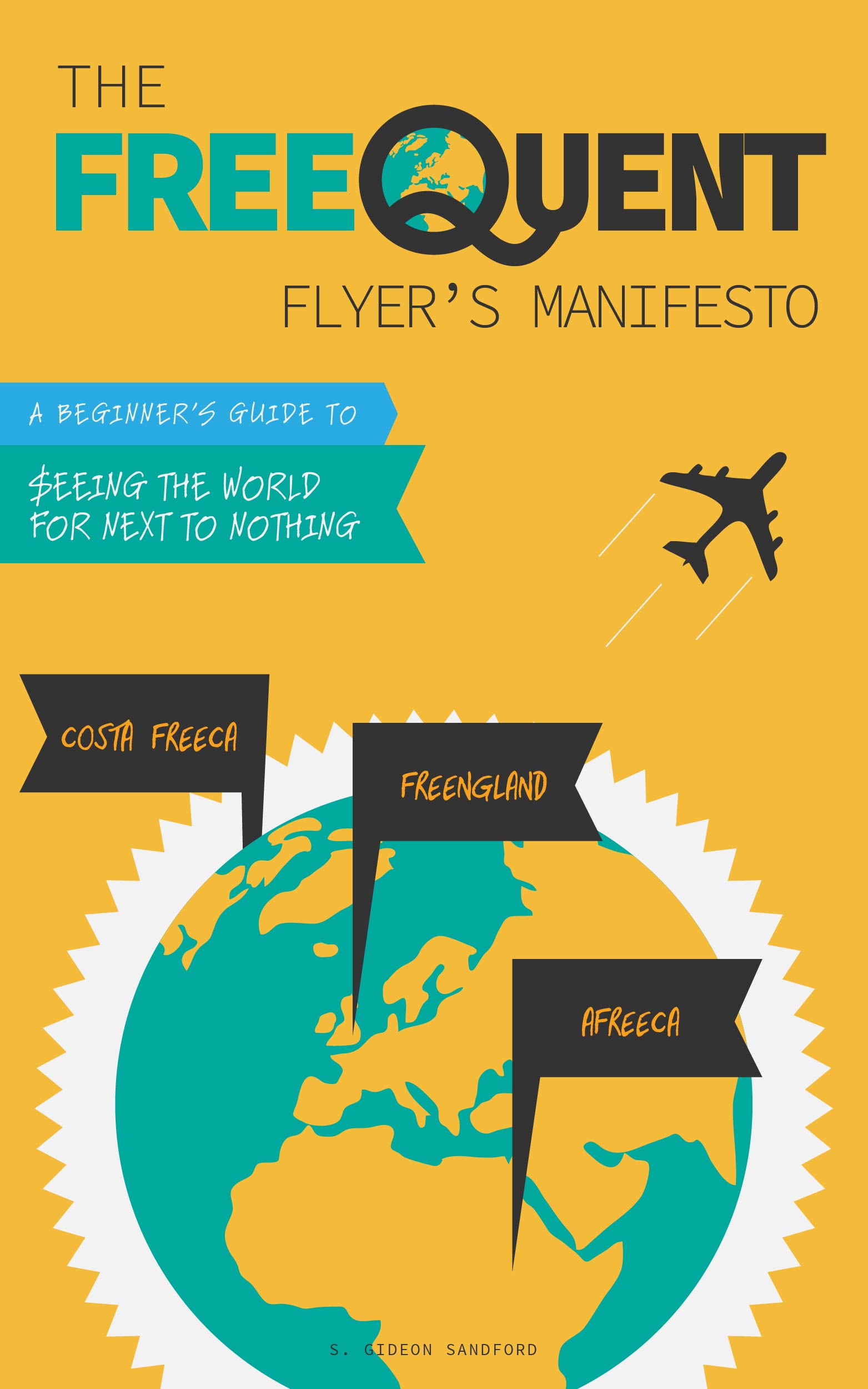Finding the limits of Barclaycard Arrival miles
/Barclays Bank Delaware is an odd institution. They offer a number of co-branded credit cards with second-tier travel providers (Lufthansa Miles & More, US Airways Mileage Plan, Wyndham hotels, etc.) and a flagship travel rewards product, the Arrival World MasterCard. I've written extensively about the Arrival card because – during the first, fee-free year – it functions as a 2.22% cash back card when you redeem your miles against travel purchases. If you can manufacture spending at 0.75 cents per dollar, then you're getting a 2/3 discount on paid, mile-and-point-earning travel purchases.
As an indicator of how seriously I take this card, since I signed up in April I've redeemed 114,600 Arrival miles (40,000 of which I earned as a signup bonus, of course), and I've got about 9,000 in the bank for more upcoming redemptions. That means I've spent about $42,000 on the card, which interesting puts me right above the level ($40,050) where this card is more lucrative than a 2% cash back Fidelity American Express card, after paying the annual fee (see this post for more info).
Over the course of those redemptions, I have run into a few problems that I thought would be useful to share with my readers.
Purchases Must be $25 or More
This is a simple one, but it's a "problem" I ran into almost immediately. Purchases that are otherwise eligible but are less than $25 won't be available for redemption in your Rewards tab. That means it can be useful to think strategically if you plan to redeem your Arrival miles. For example, instead of buying a $10 commuter rail ticket on the MBTA here in New England (not eligible), you can buy a "pack" of 10 $10 tickets for $100 (eligible). You won't save any money buying in bulk, but you can earn yourself a nice discount when you redeem your miles against the purchase. Likewise you can add value to a stored value subway card in increments of $25 in order to trigger award eligibility. Each redemption against a $25 purchase will get you 250 points closer to your next redemption, thanks to the 10% point rebate.
Eligible Purchases Not Available for Redemption
A few weeks ago I bought a bus ticket on Peter Pan Bus Lines, which conveniently came to just over $25. I waited a week or two for the purchase to appear as available for redemption, but it never did. Not being the "letting things go" kind, I called the number on the back of my card and asked what was going on. The customer service agent was extremely flustered and unprofessional, and almost before I could ask my question she blurted out "buses aren't eligible." This seemed wildly unlikely so I dug up my trusty copy of the Terms & Conditions for the card and found this useful passage:
You can use your miles to: (a) “pay for travel” (Airlines, Travel Agencies & Tour Operators, Hotels, Motels & Resorts, Cruise Lines, Passenger Railways and Car Rental Agencies) purchases made within the last 90 days as a statement credit, (b) redeem for cash back as a statement credit, (c) redeem for gift cards or (d) redeem for merchandise.
Conveniently, my Peter Pan bus ticket had been coded as "BUS LINES, CHARTERS, TOUR BUSES."
I tweeted @BarclaycardUS and over direct message they agreed to credit my account for the purchase, which I thought was nice of them, although they didn't promise to better train their front line phone staff, which would have been even better.
Travel Purchases not Eligible for Redemption
My favorite card to use for travel purchases below $25 is my Chase Sapphire Preferred, since it offers 2 super-valuable flexible Ultimate Rewards points per dollar spent on travel (and dining). However, there's another category of travel expense that I'll be putting on that card in the future as well. Here's Chase's definition of travel purchases:
Merchants in the travel category include airlines, hotels, motels, timeshares, campgrounds, car rental agencies, cruise lines, travel agencies, discount travel sites (for example, Expedia® and Yahoo® Travel1), and operators of trains, buses, taxis, limousines, ferries, toll bridges and highways, and parking lots and garages. Please note that some merchants that provide transportation and travel-related services are not included in this category; for example, real estate agents, websites or owners that rent properties, in-flight goods and services, merchants within airports, and merchants that rent trailers, trucks, and other vehicles for the purpose of hauling.
As you can see, the definitions are pretty similar all the way through the word "trains." But then the Sapphire Preferred card suddenly gets wildly more generous! I don't ride in a lot of limousines, but considering both taxis and parking lots to be "travel" purchases is truly going above and beyond.
Most importantly for the purposes of this comparison, it's going above and beyond Barclaycard!
After paying for a few cabs last week, once again I didn't see the transactions appear in the Rewards tab of my online account. I assumed that I was running into the "Peter Pan problem" again, so I sent another Twitter direct message to the @AskBarclaycardUS account:
Now on the one hand, I understand that it would be a bit much to expect a bank to just hand out statement credits to every customer who asks. That's not really the line of business they're in. In principle, they've got me on this one, since they enumerate eligible "travel" purchases and taxis aren't enumerated.
On the other hand, I want my readers (and Barclaycard!) to know that if this is their premium credit card product, they've got a lot of work to do before it'll be worth paying an $89 annual fee, let alone be able to compete with a product as great as the Chase Sapphire Preferred.


